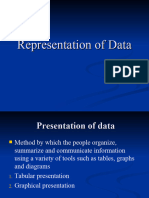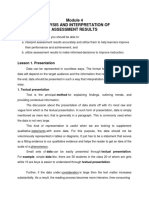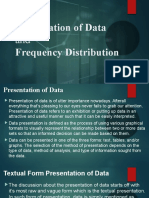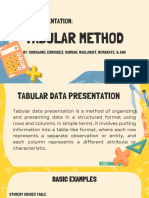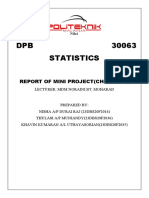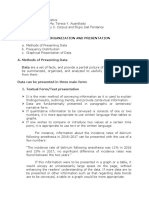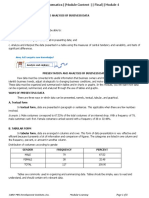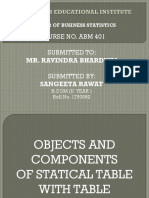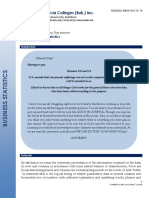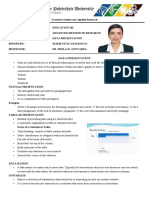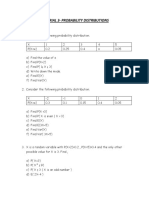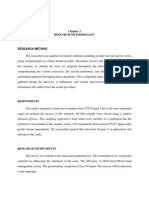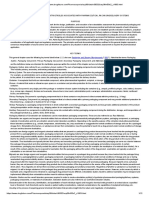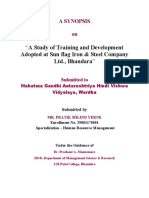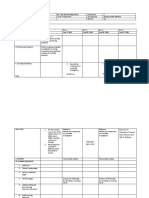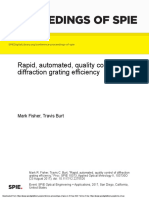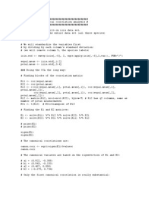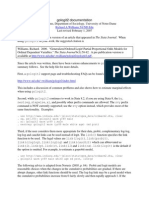0% found this document useful (0 votes)
23 views13 pagesDescriptive Statistics & Data Presentation
The document discusses different methods of presenting data including textual, tabular, and graphical presentation. It provides details on how to prepare effective tables, including key elements like the title, column headings, row captions, and footnotes.
Uploaded by
Andeng LomapagCopyright
© © All Rights Reserved
We take content rights seriously. If you suspect this is your content, claim it here.
Available Formats
Download as PDF, TXT or read online on Scribd
0% found this document useful (0 votes)
23 views13 pagesDescriptive Statistics & Data Presentation
The document discusses different methods of presenting data including textual, tabular, and graphical presentation. It provides details on how to prepare effective tables, including key elements like the title, column headings, row captions, and footnotes.
Uploaded by
Andeng LomapagCopyright
© © All Rights Reserved
We take content rights seriously. If you suspect this is your content, claim it here.
Available Formats
Download as PDF, TXT or read online on Scribd
/ 13





